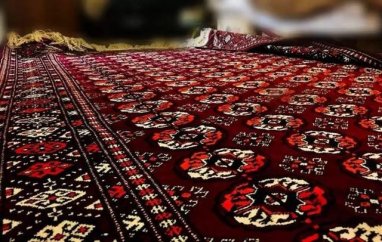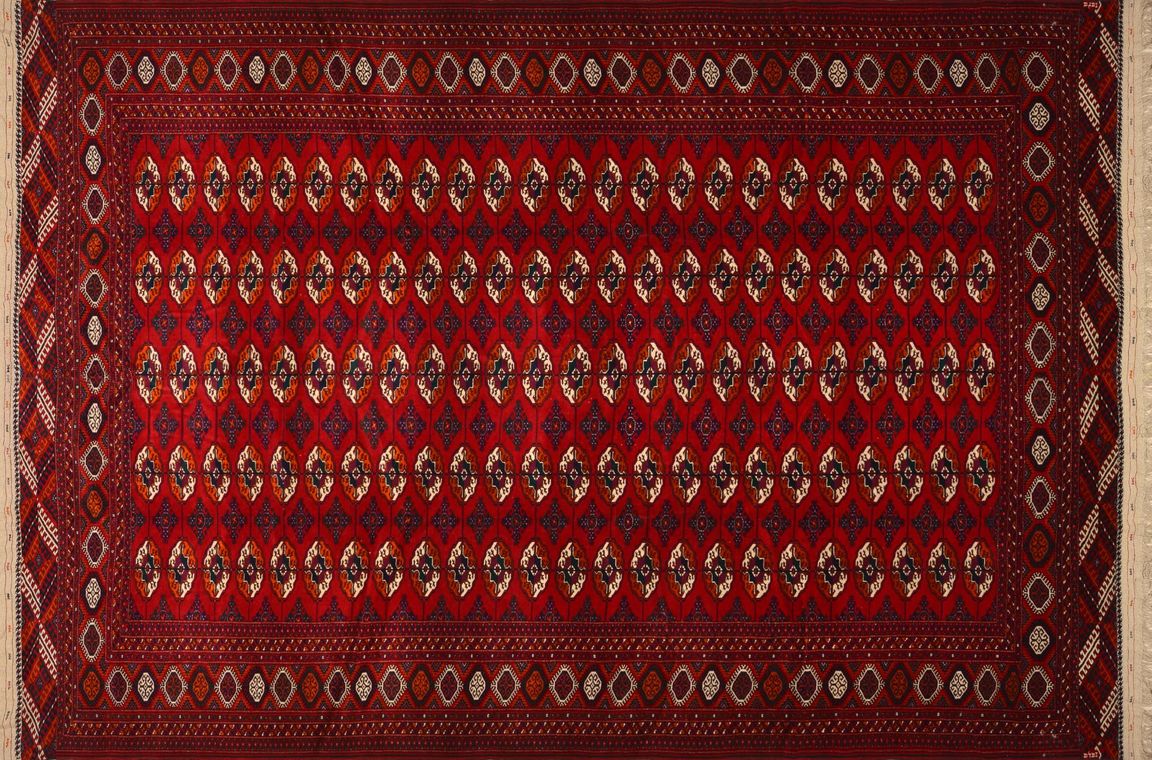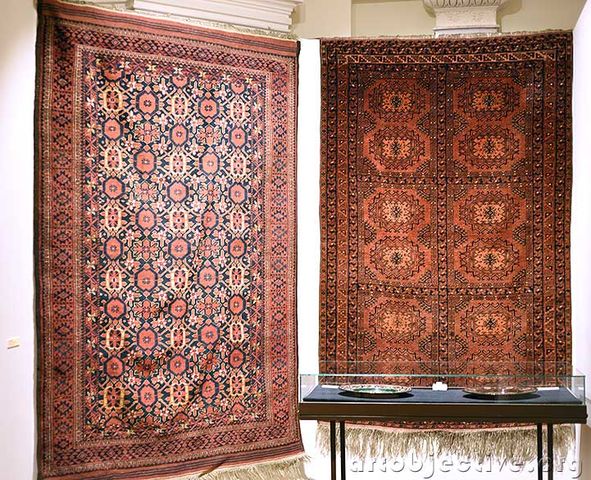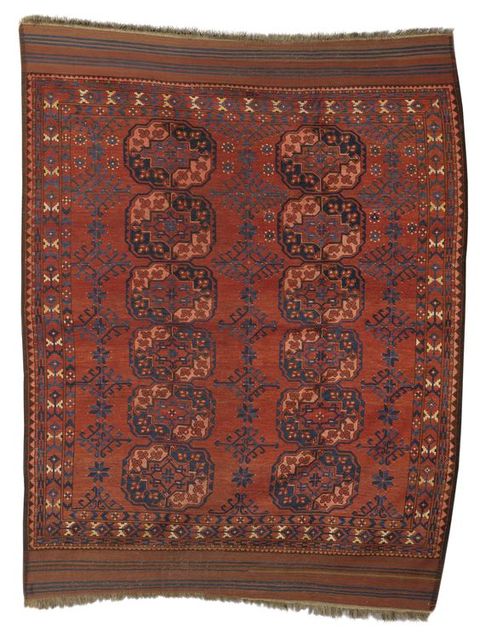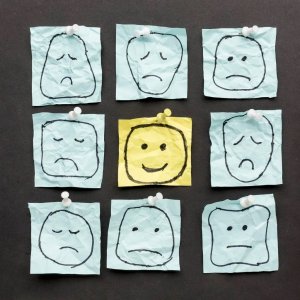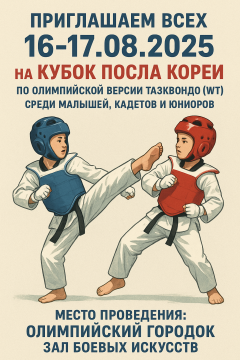Historically, handmade carpets occupied an important place in Turkmen life. They were used for prayer – “namazlyk”, contributed to the solemnity of “asmalyk” - a family holiday, replaced wardrobes and chests of drawers – “hurjuns”, “chuvalas”, “sacks”, insulated and decorated the dwelling.
In the X-XIII centuries during the time of the Great Seljuks, Turkmen carpets became famous in the markets of Europe and the East, as one of the best. In his memoirs, the famous traveler Marco Polo called Turkmen carpets “the thinnest and most beautiful in the world.”
Distinctive features of Turkmen carpets
Materials from which the carpet is made. Wool of Turkmen sheep breeds is mainly used as raw material. One of the criteria for the quality of wool was its lightness and uniformity in tone, which is extremely important for uniform dyeing of the threads. Some Turkmen tribes, in addition to wool, use cotton and silk, from which refined threads or the basis of the carpet itself are made.
The style of weaving is an asymmetrical Persian knot, while fabrics like Yoruk and Saryk are made using a Turkish symmetrical knot. The Turkmen canvases differ from other oriental ones by a repeating pattern (gol) and wide stripes of stylized designs on the short sides of the carpet.
The colors and color palette are dominated by burgundy tones, which make up the background of the picture. The lines of the ornament use dark tones of black, crimson, orange, blue and green.
To dye the yarn, the Turkmens used exclusively natural dyes, such as madder, yellow larkspur, pomegranate roots, walnut pericarp, cochineal and others. However, in the twentieth century, plant materials were replaced by cheaper aniline dyes, which reduced the quality characteristics of Turkmen carpets. Nevertheless, the gradual improvement of technologies made it possible to approach the properties of the tested natural dyes of animal and vegetable origin.
Ornamentalism. Art scholars assure that the carpet ornament preserves the centuries-old history of peoples. Any ornamental symbol means something, and “gol” is the main ornament of Turkmen. Each tribal and clan group of Turkmens living in a certain territory has its own gol, namely “salyrs”, “teke”, “ersary”, “yomuds”, etc.
The symbols in the gols are very informative and have a certain meaning. Solar signs dominating in the Ersary, Teke and Pendi carpets: the wheel of fate (“chakhry pelek”), 5 moons (“besh ay”), symbols of the stars (“cheche gol”), symbols of the sun (“gelche”) and other celestial bodies revered by Ancient East. In the Salor carpet “ensi” the traditional bottom of the cloth “elem” represents ornaments - amulets, symbolizing Anahita, the goddess of fertility. There are ornaments symbolizing the flora (“chynar gul”, “gulyaydy”, etc.).
Types of Turkmen carpets
Scientists refer to the group of Turkmen carpets as canvases woven in the vast territory of the Turkmen population. This territory includes Uzbekistan, Turkmenistan, Afghanistan and Baluchistan (includes the territories of Afghanistan, Iran and Pakistan).
Currently, carpets belong to the Turkmen:
- Tekke - got their name in honor of the most numerous ethnic group of Turkmenistan (tekke). The handmade Tekke carpets are most recognizable in Turkmenistan and abroad thanks to the four-piece göl.
- Yomut (Yomud) - The ornament of the second type of Yomud carpets consists of vertical rows of octagons with inscribed images of two-headed dogs and other animals.
- Salor carpets (salyr) for this style are characterized by a harmonious octagonal medallion in the shape of a star, divided into 4 parts. Traditionally, figures of animals are placed in each part of the medallion.
- Ersari (Arsari) - the ornamental part of Arsari carpets consists of geometric and plant patterns, borrowed and modified Persian and Chinese symbols.
In addition to traditional carpets, carpets with portraits and various subjects are woven in Turkmenistan, as well as prayer rugs traditional for Islamic culture.
Thus, it should be noted that handmade Turkmen carpets invariably take worthy places at international exhibitions. This is the pride of the Turkmen nation.
